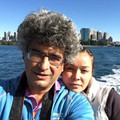的点评
23 UNESCO World Heritage Sites on one hill.
Institut Mathildenhöhe的点评
点评:The artists' colony on Matilda Hill was included in the UNESCO list 2 years ago. Looking at this green-covered hill, you will not immediately see 23 objects that have become the World Heritage of Mankind. Of course, it is not difficult to see the Wedding Tower and the Exhibition Hall of Joseph Olbrich, erected in 1908, and the Orthodox Church of St. Mary Magdalene, reflected in the lily pool created by Albin Muller in 1914. But all the other objects hid in the trees on the right. These are Sycamore Grove (1833, 1904-1914), ), Gottfried Schwab Memorial (1905), Pergola and Garden (1914), Garden Pavilion "Swan Temple" (1914), Ernst Ludwig Fountain and 13 houses and workshops of artists. This was the idea of the last Duke of Hesse, Ernst Ludwig, to invite the leading intelligentsia to raise his duchy, which entered the German Empire in 1871. The idea is not new. So the Netherlands rose due to the immigration of the persecuted Jews of Spain and Portugal in the XV-XVI centuries, or Prussia at the expense of the French Huguenots in the XVII century. However, no one expelled the seven modernist artists. The aim of the artists was to design modern housing. A little later, the German Bauhaus, Corbusier and Soviet constructivism will do this. However, of the seven, only Josef Olbrich had an architect's diploma. Self-taught architects presented their projects at exhibitions here. Due to the uneven composition of the participants, exhibitions sometimes ended in failure. The first stage consisted of 9 houses . Two of the nine houses of the first stage were completely destroyed on the night of September 11-12, 1944, when 226 Lancasters of the Royal Air Force burned down the entire city center, while not destroying the chemical plants declared the target of the bombing. After the war, both houses were not restored. The damaged houses of Peter Behrens, Josef Olbrich and Ludwig Habich were rebuilt in 1951-1952. Their interior is irretrievably lost. Thus, only 4 houses were preserved. We arrived at half past five, so we didn't get anywhere, limiting ourselves to an external inspection.
翻译:玛蒂尔达山上的艺术家聚居地两年前被列入联合国教科文组织名录。望着这座绿色覆盖的小山,你不会立即看到23件已成为人类世界遗产的物体。当然,不难看到建于 1908 年的婚礼塔和约瑟夫·奥尔布里希展览厅,以及阿尔宾·穆勒 (Albin Muller) 于 1914 年创作的百合花池中倒映的圣玛利亚东正教教堂。物体隐藏在右侧的树中。这些是梧桐树丛(1833年、1904-1914年)、戈特弗里德·施瓦布纪念馆(1905年)、凉棚和花园(1914年)、花园亭“天鹅寺”(1914年)、恩斯特·路德维希喷泉和13个艺术家的房屋和工作室。这是末代黑森公爵恩斯特·路德维希的想法,邀请主要知识分子建立他的公国,该公国于 1871 年并入德意志帝国。这个想法并不新鲜。因此,荷兰的崛起是由于十五至十六世纪西班牙和葡萄牙受迫害的犹太人的移民,或者是普鲁士由于十七世纪法国胡格诺派的移民而崛起。然而,没有人驱逐这七位现代主义艺术家。艺术家的目标是设计现代住房。稍后,德国的包豪斯、柯布西耶和苏联的建构主义也会这样做。然而,在这七人中,只有约瑟夫·奥尔布里希拥有建筑师文凭。自学成才的建筑师在这里的展览上展示了他们的项目。由于参与者构成参差不齐,展览有时会以失败告终。第一阶段由9栋房屋组成。 1944 年 9 月 11 日至 12 日夜间,英国皇家空军的 226 架兰开斯特轰炸机烧毁了整个市中心,但第一阶段的九座房屋中的两座被完全摧毁,但没有摧毁宣布为轰炸目标的化工厂。战后,两座房屋均未修复。 Peter Behrens、Josef Olbrich 和 Ludwig Habich 受损的房屋于 1951 年至 1952 年重建。他们的内部已经无可挽回地丢失了。因此,仅保留了4间房屋。我们是五点半到达的,所以什么也没去,只限于外部参观。
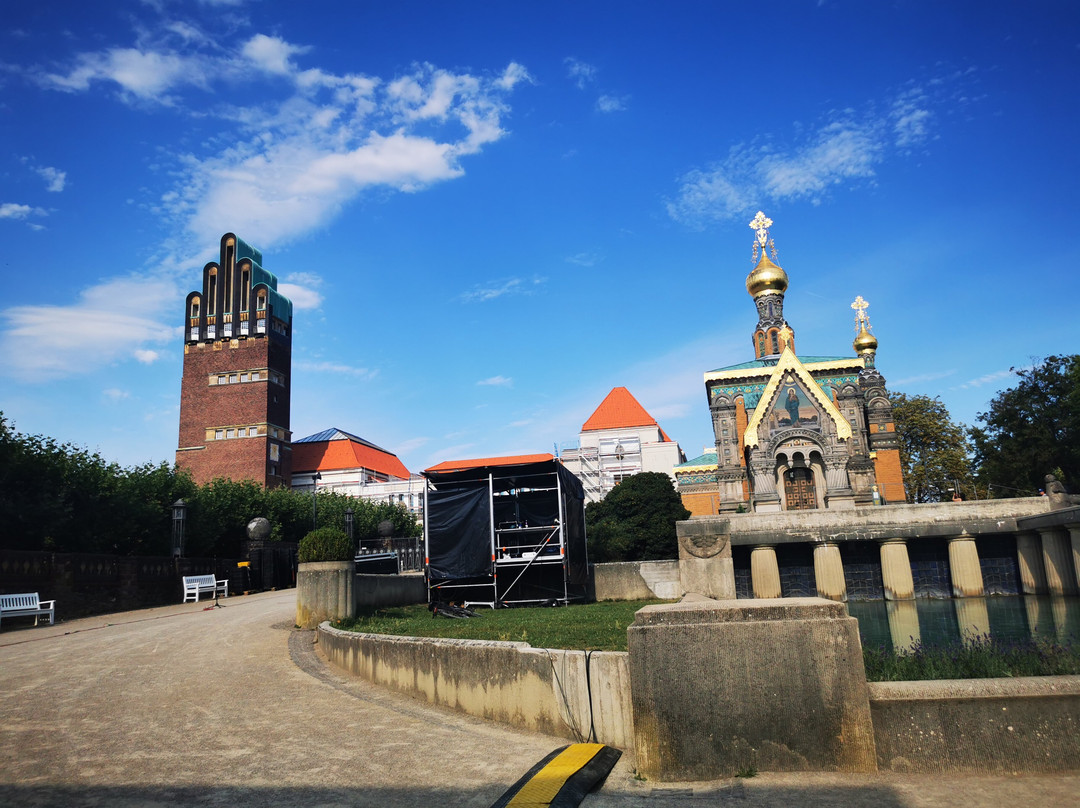
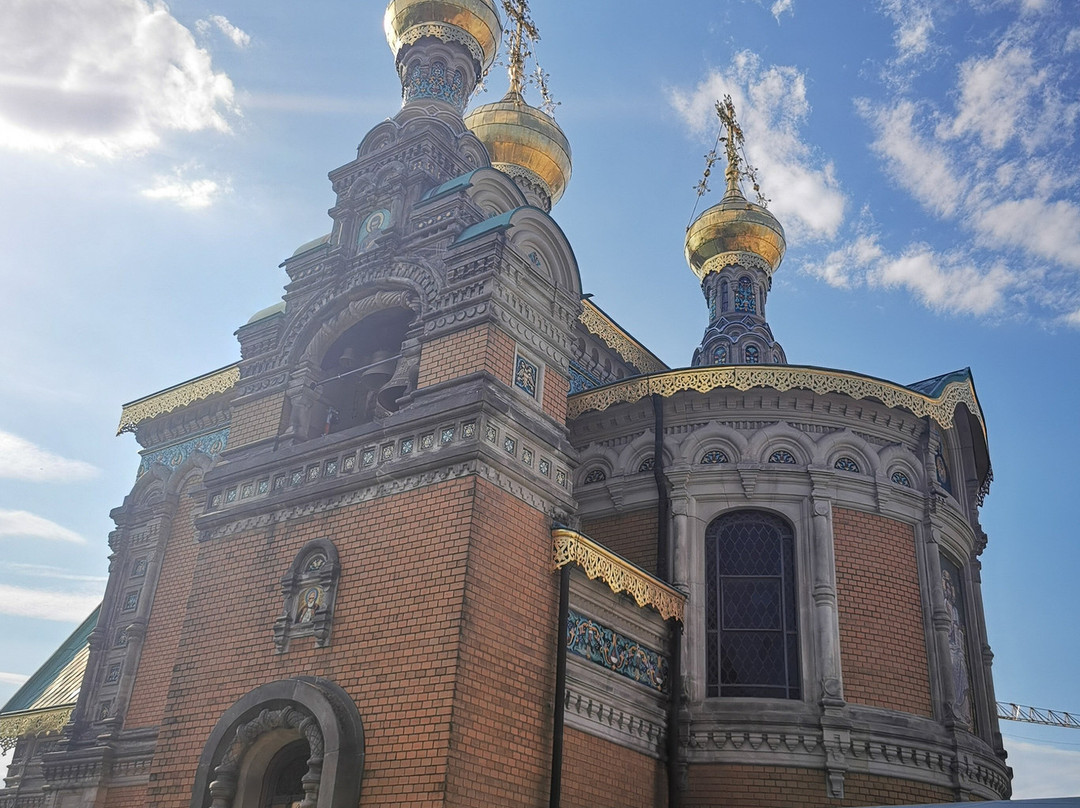
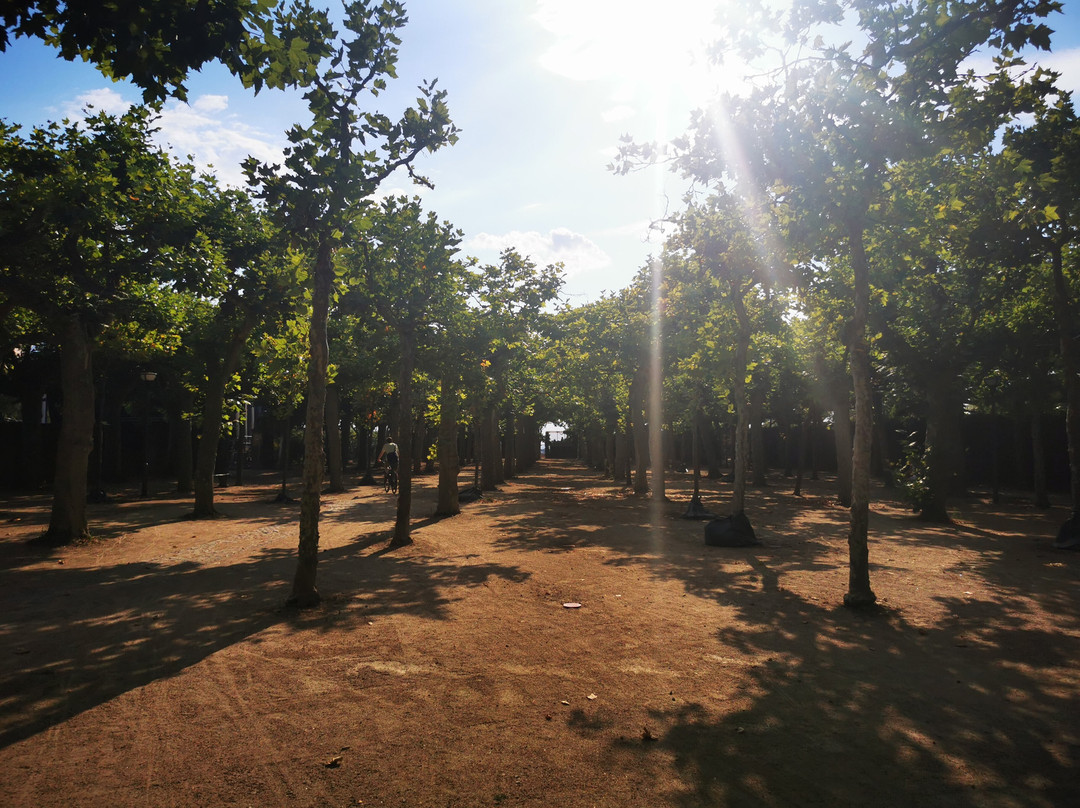
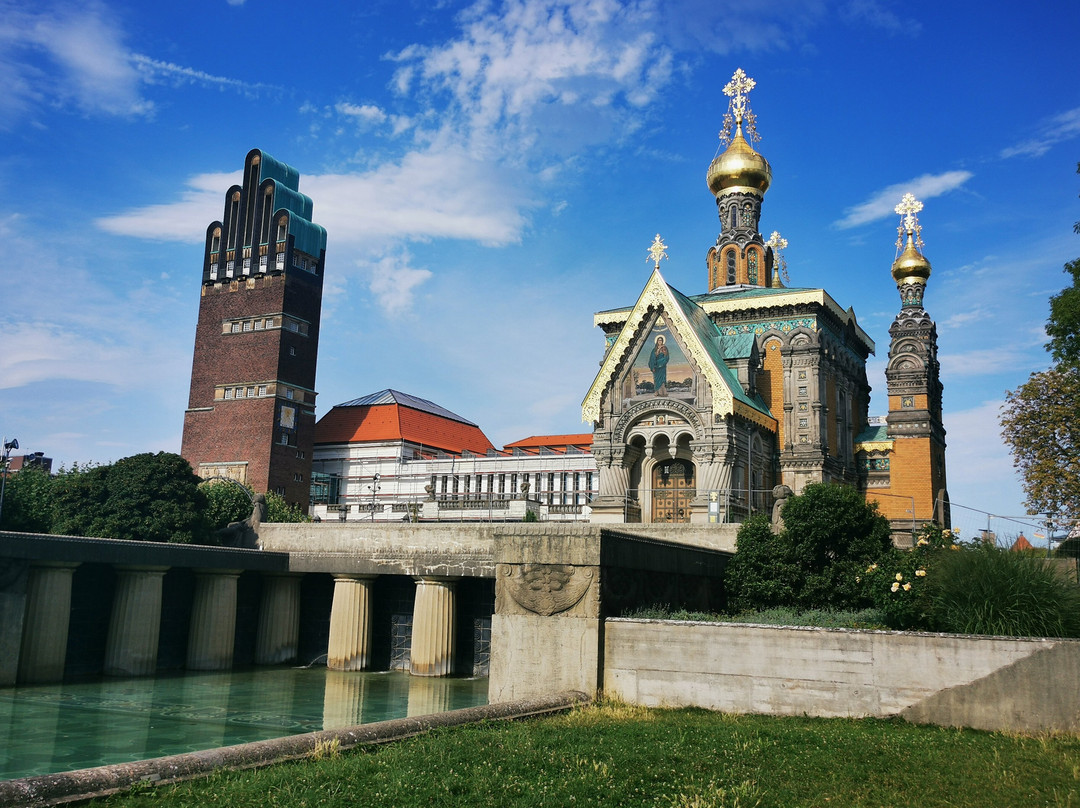
此点评仅代表旅行者个人的主观意见,并不代表TripAdvisor以及其合作方的意见。
关于我们
|
新闻动态
|
商务合作
|
会员中心
|
业主中心
|
业主通
|
常见问题
|
意见反馈
|
联系我们
|
营业执照
© 2025 Tripadvisor 版权所有。
使用条款 |隐私政策 |网站工作原理
部分照片由 VFM Leonardo 提供。
* Tripadvisor不是旅行社,也不是旅游预订服务代理商。我们提供免费、客观、公正的旅游资讯服务。 (显示更多)
TripAdvisor LLC 既不是预订代理商,也不是旅游运营商,不会向网站用户收取任何服务费。 按照规定,在 Tripadvisor 发布机票价格、游览和旅行套餐的合作伙伴(航空公司、旅行提供商及预订代理商),其标价须包含所有费用和附加费用。 例如, 机场出入境税费、消费税与其他服务费、手续费、杂费及附加费用。 当您向我们的某个合作伙伴进行预订时,请务必查阅他们的网站以了解当地行政部门要求的所有适用费用的具体情况。 除非另有说明,机票价格通常指的是一个人的价格(以人民币计)。
为方便起见,TripAdvisor LLC 根据从我们的预订合作伙伴获取的空房率计算每个酒店的均价。 对于游览和景点来说,所显示价格通常是每位成人的最低可用价格。 对于列出的任何旅行套餐或优惠,TripAdvisor LLC 无法保证任何特定的费率或价格。 此外,酒店均价每晚会更新,并以您的首选币种表示(使用现行汇率)。 由于这些已换算的价格是预估价格,因此,有关具体金额和币种请与预订网站进行核实。
此外,TripAdvisor LLC 无法保证我们网站上宣传的价格随时有效。 标价可能需要预订一定天数才能生效,或有不可用日期、使用条件或限制。
TripAdvisor公司对外部网站的内容一概不负责。优惠价格中不含税和其他费用。
ICP证:沪B2-20200433
沪ICP备20013175号
 沪公网安备31010502005427号
沪公网安备31010502005427号鹰程信息技术(上海)有限公司
货币/国家及地区
¥CNY
中国
